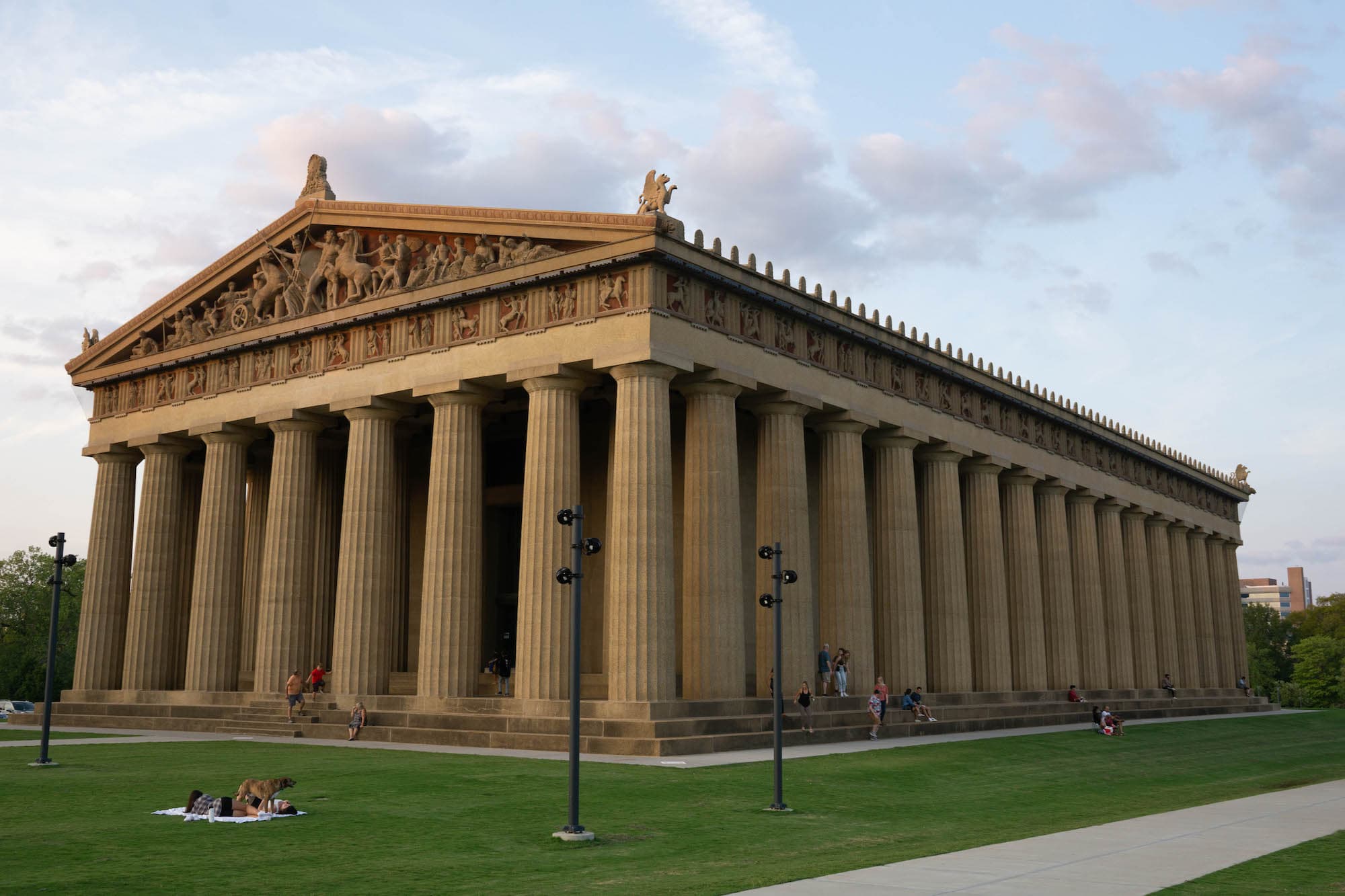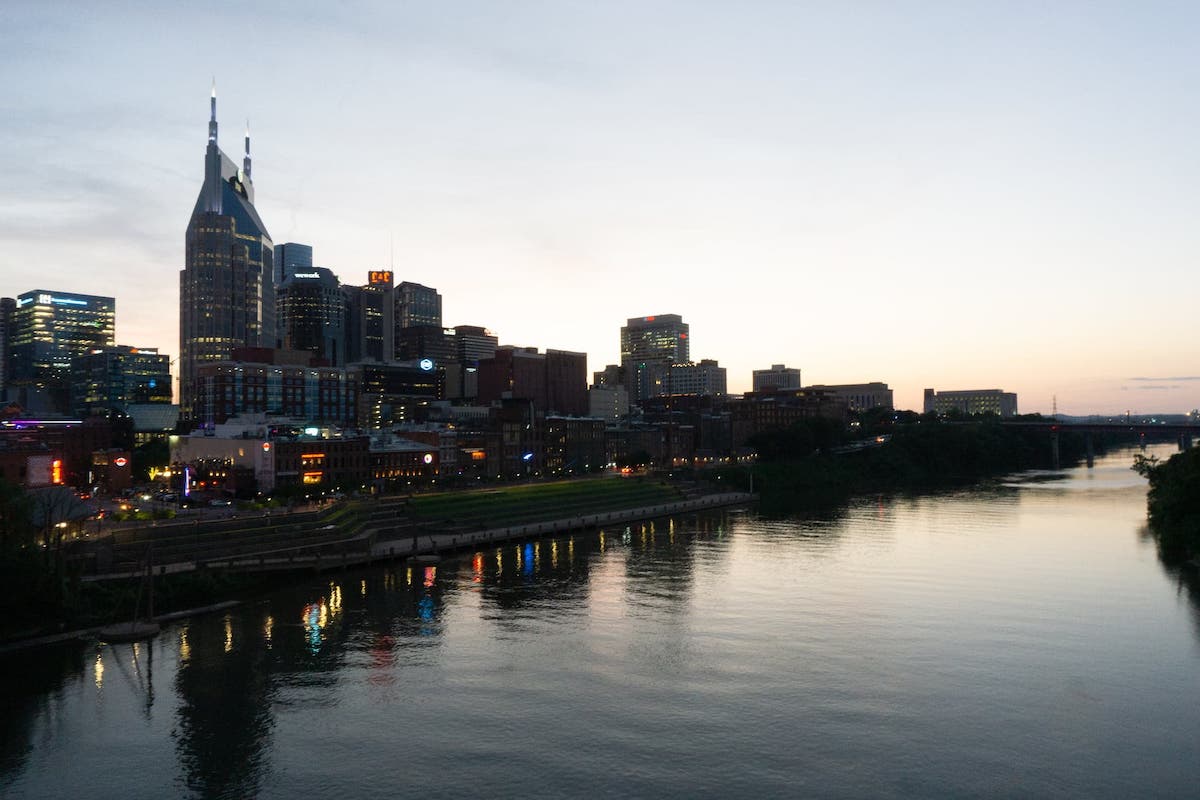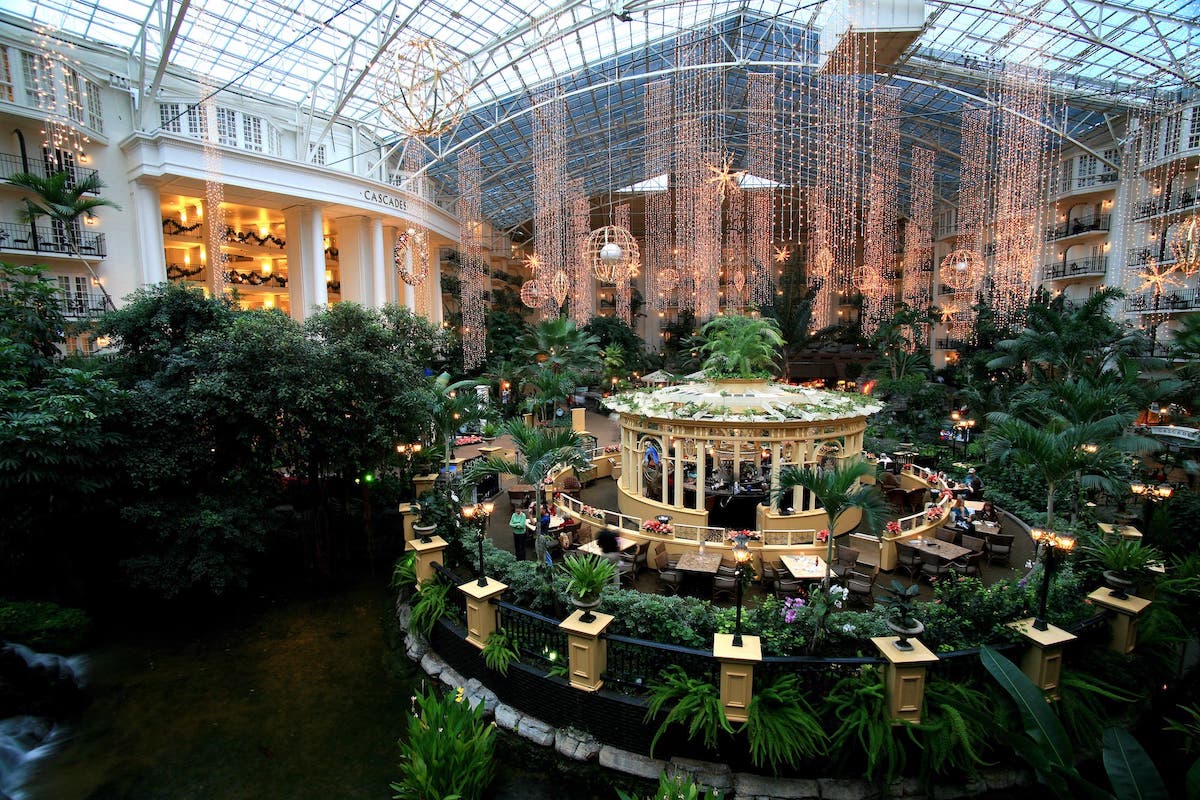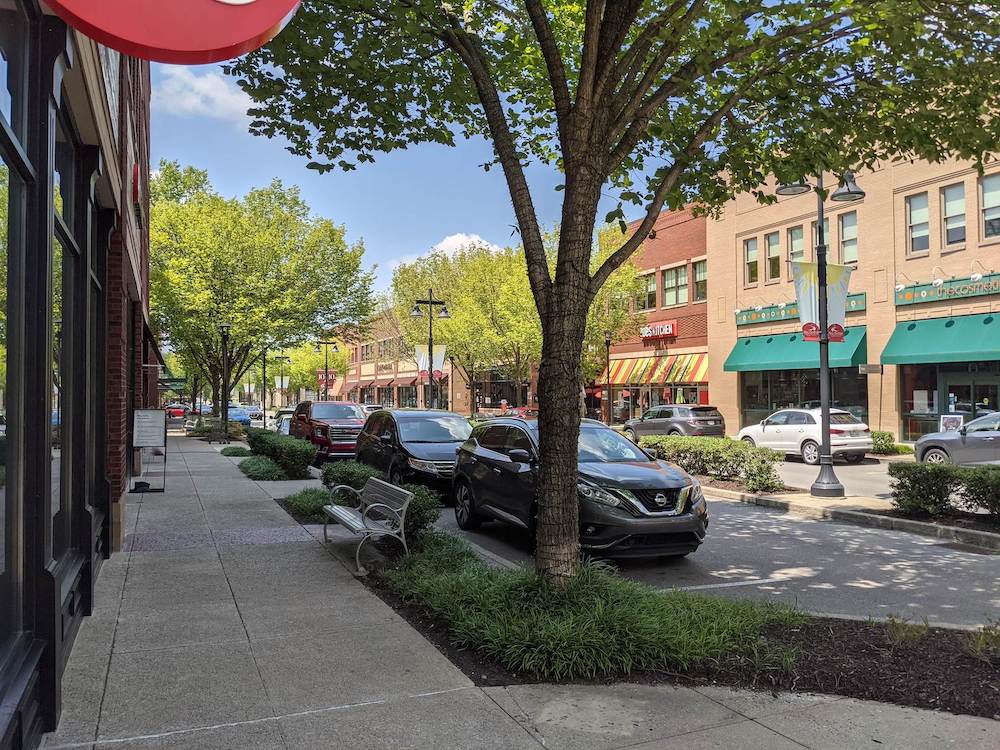
The Parthenon at Centennial Park
Why is the Parthenon in Nashville?
Nashville's famous landmark dates back all the way to 1896.
The Parthenon in Centennial Park in Nashville is a full-scale replica of the original Parthenon in Athens, Greece. It was designed and built in 1897 by architect William Crawford Smith as part of the Tennessee Centennial Exposition which celebrated the 100th anniversary of Tennessee’s entry into the union in 1796. U.S. president at the time, William McKinley officially opened the exposition from the White House when he pressed a button that started the fair’s machinery. McKinley would visit in person a month later.


Real Estate Services
Hey! I'm Silas Stricklin, the founder of NashvilleGo and a REALTOR® with The Ashton Group in Music City. I would love to hear about your real estate journey and your Nashville plans. Whether you're looking to buy, sell, rent or just have a Nashville vacation question, I'm very appreciative you're using NashvilleGo and I'm thrilled to help anyway I can.
Email Me: [email protected]
Call Me: 629-213-2963











